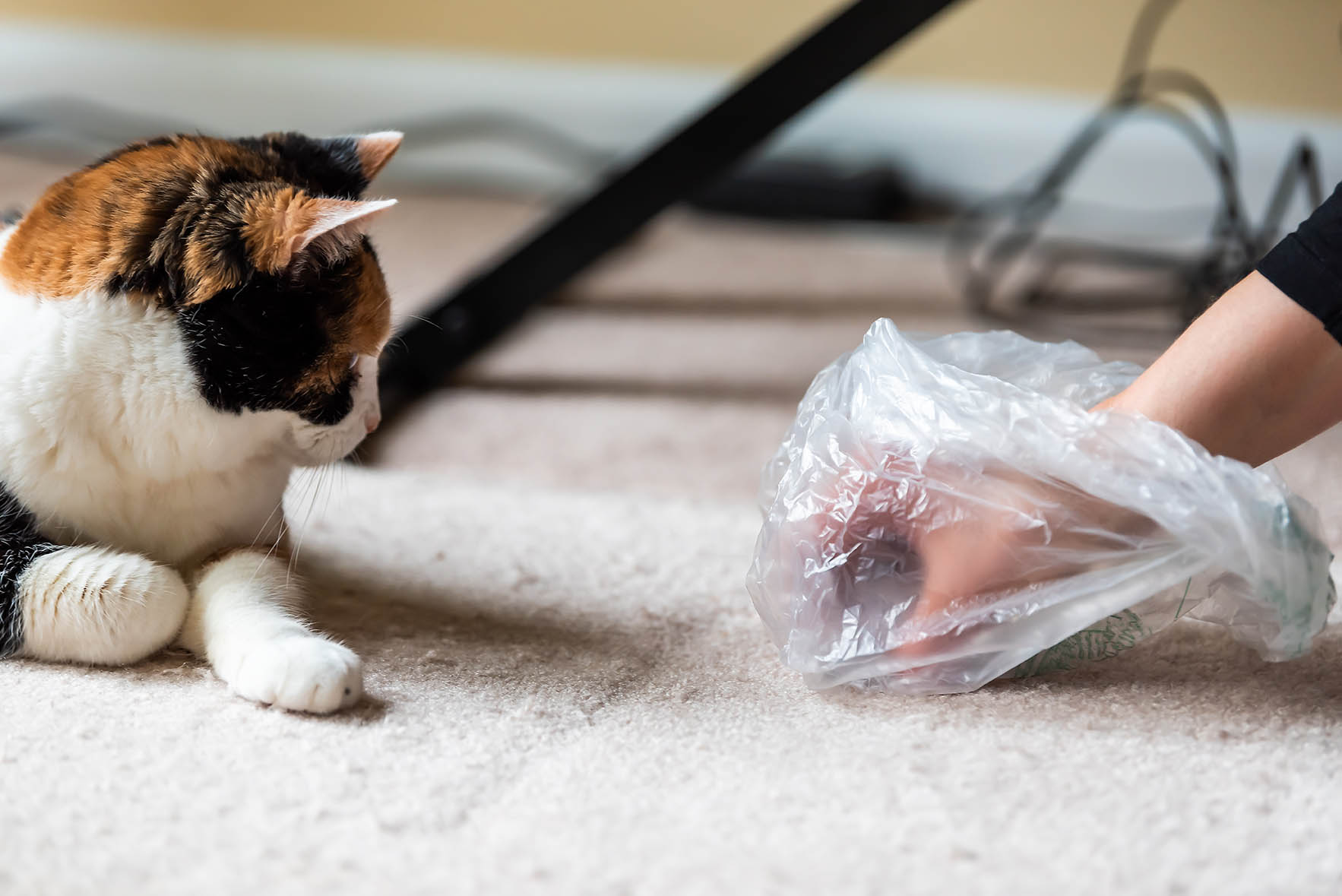

Articles
How To Stop Cats From Pooping On The Floor
Modified: October 20, 2024
Discover effective articles on how to prevent cats from pooping on your floor. Put an end to this messy problem with our practical tips and tricks.
(Many of the links in this article redirect to a specific reviewed product. Your purchase of these products through affiliate links helps to generate commission for Storables.com, at no extra cost. Learn more)
Introduction
Welcome to our comprehensive guide on how to stop cats from pooping on the floor. If you’re a cat owner, you may have encountered the frustration of finding unexpected surprises in various corners of your home. Not only is it unpleasant to clean up, but it can also indicate underlying issues that need to be addressed for the well-being of your cat.
Understanding why cats engage in this behavior is the first step towards finding a solution. Cats are meticulous creatures with strong instincts for cleanliness. In most cases, they prefer to use a litter box for their bathroom needs. However, certain circumstances can lead to cats pooping on the floor, causing frustration for both you and your feline friend.
In this article, we will delve into the possible triggers for inappropriate defecation, as well as provide practical tips and solutions to help you address this issue effectively. By creating a comfortable and clean litter box area, addressing potential stress and anxiety triggers, and ensuring a proper diet and hydration for your cat, you can significantly reduce or eliminate instances of floor pooping.
It’s important to note that while these tips can be effective for most cats, there may be underlying medical conditions that require professional veterinary attention. If you’ve tried various solutions without success or notice any unusual changes in your cat’s behavior or health, it is always recommended to seek advice and assistance from a veterinarian.
Now, let’s dive into the details of how to stop cats from pooping on the floor and help create a harmonious and clean living environment for both you and your beloved feline companion.
Key Takeaways:
- Understanding the reasons behind your cat’s floor pooping behavior is crucial for effective resolution. Addressing litter box aversion, medical issues, stress, and environmental factors can lead to a harmonious living environment for both you and your feline friend.
- Creating a comfortable and clean litter box area, addressing stress and anxiety, and ensuring proper diet and hydration are key strategies in preventing cats from pooping on the floor. Seeking professional veterinary advice when needed is essential for individualized guidance and support.
Read more: How To Stop Cats From Pooping In Garden
Understanding Why Cats Poop on the Floor
Cats are instinctively clean animals, and their natural inclination is to use a litter box for their bathroom needs. However, there are several reasons why a cat may start pooping on the floor instead. By understanding these reasons, you can better address the underlying cause and effectively prevent this behavior.
1. Litter box aversion: One of the most common reasons for floor pooping is dissatisfaction with the litter box. Cats are sensitive to their environment, and if they find the litter box unpleasant or uncomfortable, they may seek alternative spots. This could be due to factors such as an unclean litter box, the wrong type of litter, or a traumatic experience associated with the litter box.
2. Medical issues: Cats may resort to floor pooping when they are experiencing pain or discomfort related to a medical condition. Urinary tract infections, constipation, gastrointestinal problems, or even arthritic pain can make it difficult for cats to use the litter box comfortably, leading them to choose other areas.
3. Stress and anxiety: Cats are sensitive creatures and can easily become stressed or anxious, leading to changes in their behavior. Factors such as changes in the household, the addition of new pets, or even loud noises can trigger stress in cats. In an attempt to mark their territory or seek comfort, they may start pooping on the floor.
4. Marking behavior: Cats have scent glands on their paws and anal region, and they use these scents to mark their territory. Floor pooping can sometimes be a way for cats to assert their dominance or claim ownership over a particular area.
5. Litter box location: Cats prefer privacy when using the litter box. If the litter box is placed in a high-traffic area or in a location that leaves them feeling vulnerable, they may avoid using it and choose to poop on the floor instead.
It’s essential to observe your cat’s behavior and try to identify any potential triggers or patterns associated with floor pooping. By understanding why your cat may be exhibiting this behavior, you can take the necessary steps to address the underlying issue and create a more suitable environment for them.
Identifying Potential Triggers for Inappropriate Defecation
When it comes to addressing the issue of cats pooping on the floor, it’s crucial to identify and eliminate any potential triggers that may be causing this behavior. By pinpointing the underlying triggers, you can effectively prevent your cat from engaging in inappropriate defecation. Here are some factors to consider when identifying potential triggers:
1. Litter Box Issues: Start by evaluating the state of your cat’s litter box. Is it clean, well-maintained, and easily accessible? Cats are meticulous creatures, and they may avoid using a dirty or overcrowded litter box. Ensure that you are scooping the litter box daily, replacing the litter regularly, and providing enough litter boxes for the number of cats in your household.
2. Litter Box Location: Consider the location of the litter box. Cats prefer privacy when using the litter box, so it should be placed in a quiet, low-traffic area of your home. Avoid placing it near loud appliances, busy hallways, or areas where your cat may feel vulnerable. Finding a suitable and comfortable location for the litter box can greatly reduce the chances of floor pooping.
3. Litter Type and Depth: Cats have preferences when it comes to litter type and depth. Some cats prefer unscented litter or a specific texture, like clumping or non-clumping litter. Experiment with different litter types to determine what your cat prefers. Additionally, ensure that the litter is deep enough for your cat to dig and bury their waste comfortably.
4. Stressful Environments: Cats are sensitive creatures, and they can become stressed or anxious due to changes in their environment. Factors such as moving to a new home, a new pet or family member, or loud noises can trigger stress in cats. Take note of any recent changes in your household and try to create a calm and stress-free environment for your cat.
5. Medical Issues: In some cases, floor pooping can be a symptom of an underlying medical condition. If you’ve ruled out all other factors and your cat continues to poop on the floor, it may be necessary to consult with a veterinarian. They can conduct a thorough examination to rule out any medical issues that may be causing your cat’s behavior.
By identifying and addressing these potential triggers, you can greatly reduce the chances of your cat pooping on the floor. It may require some experimentation and adjustment, but with patience and persistence, you can create an environment that encourages your cat to use the litter box consistently and appropriately.
Creating a Comfortable and Clean Litter Box Area
A key factor in preventing cats from pooping on the floor is to provide them with a comfortable and clean litter box area. By creating an inviting and suitable environment for your cat, you can encourage them to use the litter box consistently. Here are some tips for creating an optimal litter box area:
1. Choose the Right Size: The size of the litter box is important. It should be spacious enough for your cat to comfortably move around and dig without feeling cramped. Ideally, the litter box should be at least one and a half times the length of your cat to provide ample space.
2. Consider the Entry: Ensure that the entry of the litter box is low and easily accessible for your cat. Some cats, especially older or arthritic ones, may have difficulty stepping into high-sided litter boxes, leading them to seek other areas for defecation. Consider using a litter box with a ramp or low-entry design to accommodate their needs.
3. Provide Adequate Privacy: Cats value their privacy when using the litter box. Place the litter box in a quiet and secluded area where your cat can feel secure. Avoid high-traffic areas or locations where they may be interrupted or startled. This will minimize stress and help them feel comfortable during their bathroom routine.
4. Use the Right Type of Litter: Cats have preferences when it comes to litter type. Experiment with different options to find the one that your cat prefers. Some cats prefer clumping litter, while others may prefer non-clumping or natural alternatives. Additionally, avoid scented litter as it may be overwhelming for your cat’s sensitive sense of smell.
5. Ensure Proper Litter Depth: Cats have the instinct to bury their waste. Ensure that the litter depth in the litter box is sufficient for them to dig and bury their feces comfortably. Aiming for a depth of about 2-3 inches of litter is typically ideal.
6. Regularly Clean the Litter Box: Cats are clean animals and prefer a fresh litter box. Scoop the litter box at least once a day to remove any clumps or feces. Regularly replace the litter every 1-2 weeks, depending on usage. This will keep the litter box clean and odor-free, encouraging your cat to use it consistently.
7. Consider Litter Box Placements: If you have multiple cats, it’s crucial to provide them with enough litter boxes. The general rule is to have one litter box per cat plus an extra box. Place the litter boxes in different locations to ensure accessibility for all cats and prevent any territorial conflicts that may lead to floor pooping.
By creating a comfortable and clean litter box area, you can promote positive litter box habits in your cat. Remember to regularly monitor and maintain the litter box to provide a pleasant and inviting environment for your feline friend.
Choosing the Right Litter Box and Litter Type
Choosing the right litter box and litter type is crucial in preventing cats from pooping on the floor. Providing a suitable litter box and the right kind of litter can greatly influence your cat’s litter box habits. Here are some tips to help you make the right choices:
1. Litter Box Size: The size of the litter box is important. It should be large enough for your cat to comfortably turn around and dig without feeling cramped. Consider the size and breed of your cat when choosing a litter box to ensure they have enough space to move around.
2. Litter Box Design: There are various litter box designs to choose from, including traditional open-top boxes, covered boxes, or litter box furniture. Some cats prefer privacy and may feel more comfortable in a covered litter box, while others may prefer the openness of an open-top box. Observe your cat’s behavior and preferences to determine the most suitable design.
3. Entry Accessibility: The entry of the litter box should be low enough for your cat to easily step in and out. Cats with mobility issues, such as seniors or those with joint problems, may require a litter box with a ramp or low-entry design to make it easier for them to access the box without discomfort.
4. Litter Type: The litter type plays a significant role in your cat’s acceptance of the litter box. There are various types of litter available, including clumping, non-clumping, crystal, and natural alternatives like wood pellets or recycled paper. Consider your cat’s preferences and sensitivities when selecting a litter type. Some cats prefer a particular texture or scent, while others may have sensitivities and require unscented options.
5. Multiple Litter Boxes: If you have multiple cats, it’s essential to provide them with enough litter boxes to avoid territory disputes and stress-related litter box issues. The general rule is to have one litter box per cat plus an extra one. Distribute the litter boxes in different areas of your home to ensure accessibility for all cats.
6. Litter Box Placement: The location of the litter box is also important. Cats prefer privacy and quiet when using the litter box, so place it in a low-traffic area where they can feel secure. Avoid placing the litter box near noisy appliances, crowded areas, or places where your cat may feel vulnerable or trapped.
7. Introduce New Litter Gradually: Cats can be sensitive to changes in litter. If you decide to switch to a new litter type, introduce it gradually by mixing small amounts of the new litter with the old one. This will allow your cat to adjust to the new litter and reduce the chances of rejection or aversion.
Choosing the right litter box and litter type can significantly impact your cat’s litter box habits. Pay attention to your cat’s preferences and behaviors, and make adjustments as necessary to ensure they have a positive experience using the litter box.
Implementing a Regular Litter Box Cleaning Routine
Maintaining a clean litter box is essential in preventing cats from pooping on the floor. Cats are clean animals, and they prefer to use a litter box that is fresh and odor-free. By implementing a regular cleaning routine, you can create a pleasant environment for your cat and encourage proper litter box habits. Here are some tips for maintaining a clean litter box:
1. Scoop Daily: One of the most important aspects of litter box maintenance is scooping it daily. Use a litter scoop to remove any clumps or solid waste from the litter box. This helps to prevent the buildup of waste and keeps the litter box clean and inviting for your cat.
2. Replace Litter Regularly: In addition to scooping, it’s necessary to replace the litter regularly. The frequency of litter replacement depends on the type of litter you use and how many cats you have. As a general guideline, it’s recommended to replace the litter completely every 1-2 weeks. However, if you notice any odor or excessive soiling before this time, you may need to replace it more frequently.
3. Use Quality Clumping Litter: Clumping litter can make scooping easier and more efficient. It forms solid clumps when it comes into contact with moisture, allowing you to easily remove them without disturbing the rest of the litter. This helps to keep the litter box cleaner for a longer period. Ensure that you choose a high-quality clumping litter that is safe for your cat and effectively controls odors.
4. Clean the Litter Box Regularly: While scooping and litter replacement are important, the litter box itself also needs regular cleaning. Every few weeks, empty the litter box completely and wash it with mild soap and water. Avoid using harsh chemicals or strong-scented cleaners as they can be off-putting to cats. Thoroughly dry the litter box before adding fresh litter.
5. Consider a Litter Box Liner: Using a litter box liner can make cleaning the litter box easier. Liners create a barrier between the litter and the box, making it simpler to remove and replace the litter. Look for durable liners that fit properly in your litter box and provide easy cleanup.
6. Address Odor Control: Odor control is a crucial aspect of litter box maintenance. To control odors, consider using litter box deodorizers or additives that help absorb and neutralize smells. Additionally, ensure that the litter box is placed in a well-ventilated area to prevent the buildup of odors.
By implementing a regular litter box cleaning routine, you create a hygienic and comfortable environment for your cat. Remember, maintaining a clean litter box is not only essential for your cat’s well-being but also crucial in preventing them from seeking alternative places to relieve themselves, such as the floor.
Make sure your cat’s litter box is clean and easily accessible. Cats may avoid using a dirty or hard-to-reach litter box, leading them to poop on the floor.
Providing Multiple Litter Boxes in Different Locations
One effective strategy in preventing cats from pooping on the floor is to provide them with multiple litter boxes in different locations throughout your home. Having multiple litter boxes ensures that your cat has easy access to a clean and readily available bathroom area. Here are some reasons why offering multiple litter boxes is beneficial:
1. Prevents Territory Conflicts: Cats are territorial animals, and having multiple litter boxes helps prevent conflicts and reduces stress-related litter box issues. Each cat can have their own designated litter box, minimizing the chance of territorial disputes and promoting a harmonious environment.
2. Accommodates Preferences: Cats have individual preferences when it comes to litter box location and litter type. By providing multiple litter boxes, you can accommodate their preferences. Some cats may prefer a certain room or area of the house, while others may have specific preferences for litter texture or depth. Having multiple options allows your cat to choose the one that suits them best.
3. Reduces Competition: If you have multiple cats, competition for litter box access can be a common issue. Providing multiple litter boxes eliminates the need for cats to compete for a single box. This helps reduce stress and ensures that each cat has access to a clean litter box whenever they need it.
4. Encourages Litter Box Usage: Cats are more likely to use a litter box if it is easily accessible. Placing litter boxes in different locations, especially in areas where your cat spends most of their time, encourages them to use the litter box rather than seeking alternative areas to relieve themselves.
5. Saves Time and Effort: Having multiple litter boxes makes cleaning and maintenance more efficient. You won’t have to constantly move a single litter box from room to room or clean it immediately after each use. This saves you time and effort, ensuring that the litter boxes are consistently clean and ready for use.
When providing multiple litter boxes, it’s important to follow the general rule of having one litter box per cat plus an additional box. Place the litter boxes in different locations to cater to your individual cats’ preferences and ensure accessibility for all of them.
Remember to maintain the cleanliness of each litter box by scooping daily, replacing litter periodically, and conducting regular cleaning sessions. By providing multiple litter boxes in different locations, you create a convenient and appealing litter box setup that encourages appropriate bathroom habits in your cats.
Addressing Stress and Anxiety in Cats
Stress and anxiety can be significant factors contributing to cats pooping on the floor. Cats are sensitive animals, and various stressors can disrupt their normal litter box habits. By addressing and minimizing stress and anxiety, you can help prevent floor pooping. Here are some effective strategies to help alleviate stress in your cat:
1. Create a Safe and Enriching Environment: Cats need a secure and stimulating environment to thrive. Ensure that they have access to hiding spots, high perches, scratching posts, and toys to engage their natural instincts and provide a sense of security. Offering a predictable and enriched environment helps reduce anxiety and provides outlets for their energy.
2. Maintain a Consistent Routine: Cats are creatures of habit, and sudden changes in their routine can cause stress. Try to maintain a consistent daily routine for feeding, playtime, and litter box maintenance. Familiarity and predictability can provide a sense of security and stability for your cat.
3. Minimize Environmental Stressors: Identify and minimize potential stressors in your cat’s environment. These can include loud noises, excessive commotion, or the presence of unfamiliar animals. Create a calm and quiet space for your cat where they can retreat if they feel overwhelmed.
4. Provide Vertical Space: Cats feel safer when they can observe their surroundings from an elevated position. Install cat trees, shelves, or window perches to create vertical space. This allows your cat to feel in control of their environment and reduces anxiety by providing a sense of security.
5. Introduce Gradual Changes: When introducing changes to your cat’s environment or routine, do so gradually. Cats can be sensitive to sudden changes, and slow introductions allow them to adjust more easily. For example, if you’re bringing in a new pet, consider a gradual introduction process to minimize stress for all parties involved.
6. Use Pheromone Sprays or Diffusers: Pheromone sprays or diffusers can help create a calming atmosphere for your cat. These products mimic the natural pheromones that cats produce when they are feeling content and secure. They can be useful in reducing anxiety and creating a more relaxed environment.
7. Provide Adequate Play and Mental Stimulation: Playtime is essential for cats as it helps release energy and provide mental stimulation. Engage your cat in interactive play sessions using toys that mimic their natural hunting behaviors. Mental stimulation through puzzle toys or food-dispensing toys can also help alleviate boredom and stress.
8. Seek Professional Help: If your cat’s stress or anxiety persists despite your efforts, consider consulting with a veterinarian or a certified animal behaviorist. They can assess your cat’s behavior and provide expert guidance and potential solutions tailored to your cat’s specific needs.
By addressing and minimizing stress and anxiety in your cat, you can greatly reduce the chances of floor pooping. Creating a calm and secure environment, maintaining a consistent routine, and providing outlets for physical and mental stimulation can help your cat feel happier and more at ease in their surroundings.
Ensuring Proper Diet and Hydration for Your Cat
Proper diet and hydration play a crucial role in maintaining your cat’s overall health and well-being. It can also have a significant impact on their litter box habits, including the prevention of floor pooping. By ensuring your cat has a balanced diet and access to fresh water, you can promote healthy digestion and minimize potential litter box issues. Here are some tips for ensuring your cat’s diet and hydration:
1. Provide High-Quality Cat Food: Choose a high-quality cat food that meets your cat’s specific nutritional needs. Look for options that are nutritionally balanced, formulated for your cat’s life stage (e.g., kitten, adult, senior), and contain high-quality protein sources. Consult with your veterinarian for specific dietary recommendations based on your cat’s age, health, and any specific dietary requirements.
2. Establish a Consistent Feeding Schedule: Cats thrive on routine, so establish a consistent feeding schedule. Feed your cat at the same times each day, providing regular meals rather than free-feeding. This helps regulate their digestion and can prevent overeating or under-eating, which can lead to gastrointestinal issues.
3. Monitor Portion Sizes: It’s important to monitor your cat’s portion sizes to ensure they are receiving the appropriate amount of food. Overfeeding can lead to obesity and digestive problems, while underfeeding can result in nutrient deficiencies. Consult your veterinarian for guidance on portion sizes based on your cat’s age, weight, and activity level.
4. Offer a Variety of Foods: Cats can be finicky eaters, so offer a variety of foods to keep their diet interesting. Introduce different flavors and textures to provide mental stimulation and prevent food boredom. However, be cautious when making dietary changes as sudden switches can upset your cat’s stomach. Gradual transitions are often recommended to avoid digestive issues.
5. Ensure Fresh and Clean Water: Cats need access to fresh and clean water at all times. Ensure that their water bowls are cleaned regularly and filled with fresh water. Some cats prefer running water, so consider investing in a cat water fountain that provides a continuous flow of fresh water. This can encourage them to drink more as cats are naturally attracted to moving water.
6. Monitor Urination Habits: Keep an eye on your cat’s urination habits as it can be a sign of their hydration status. A well-hydrated cat will have a light-colored and odorless urine. If you notice any changes in the color, odor, or frequency of urination, it’s important to consult with your veterinarian as it may indicate an underlying health issue.
7. Consider Wet Food or Moisture-Rich Diets: Wet food or moisture-rich diets can help increase your cat’s overall hydration. Wet food has a higher water content than dry kibble, and the added moisture can help promote healthy digestion and reduce the risk of constipation. Consult with your veterinarian to determine if wet food or a combination of wet and dry food is suitable for your cat’s specific dietary needs.
By ensuring proper diet and hydration for your cat, you support their overall health and help prevent potential litter box issues like floor pooping. Providing a balanced diet, establishing a consistent feeding schedule, monitoring portion sizes, and maintaining access to fresh water are essential components of a cat’s overall wellness.
Read more: How To Stop Birds From Pooping On A Patio
Seeking Veterinarian Advice and Assistance
If you’ve tried various solutions to address floor pooping in your cat without success or notice any unusual changes in your cat’s behavior or health, it is crucial to seek advice and assistance from a veterinarian. Veterinarians are trained professionals who can provide expert guidance and help you determine the underlying cause of the floor pooping. Here are some reasons why seeking veterinarian advice is important:
1. Medical Evaluation: Floor pooping can sometimes be a symptom of an underlying medical condition. A veterinarian can perform a thorough examination to rule out any potential health issues that may be causing or contributing to the behavior. They can conduct diagnostic tests, such as bloodwork or imaging, if necessary.
2. Behavioral Assessment: Veterinarians who specialize in behavior can assess your cat’s behavior and provide insight into any underlying behavioral issues that may be causing the floor pooping. They can help determine if there are any stress or anxiety triggers, and provide recommendations for behavior modification techniques or medications, if necessary.
3. Individualized Advice: Every cat is unique, and what works for one may not work for another. A veterinarian can provide individualized advice based on your cat’s specific needs. They can take into account factors such as age, health, temperament, and household dynamics to create a tailored plan to address the floor pooping behavior.
4. Medication Recommendations: In cases where stress or anxiety is a significant contributing factor to the floor pooping, a veterinarian may recommend medications or supplements to help alleviate your cat’s symptoms. These can be short-term solutions to reduce anxiety and improve litter box habits while addressing the underlying cause.
5. Professional Guidance: Consulting with a veterinarian ensures that you have professional guidance throughout the process of addressing floor pooping. They can provide step-by-step instructions, monitor your cat’s progress, and make adjustments as needed. They can also address any concerns or questions you may have and provide support as you work towards resolving the behavior.
Remember, a veterinarian should always be your first point of contact when addressing any health or behavioral concerns in your cat. They have the knowledge and experience to provide accurate diagnoses, treatments, and recommendations. Seeking their advice and assistance is critical in ensuring the overall well-being of your cat and finding effective solutions to the floor pooping behavior.
Conclusion
Dealing with a cat that poops on the floor can be challenging and frustrating. However, by understanding the underlying reasons and implementing the right strategies, you can effectively address this behavior and create a harmonious living environment for both you and your cat.
Throughout this comprehensive guide, we have explored various factors that contribute to floor pooping in cats. From understanding why cats engage in this behavior to identifying potential triggers, we have covered essential information to help you tackle the issue head-on.
Creating a comfortable and clean litter box area is crucial. By choosing the right litter box size, location, and litter type, you can promote proper litter box habits and reduce the likelihood of floor pooping. Regularly cleaning the litter box and providing multiple boxes in different locations further encourage consistent litter box usage.
Additionally, addressing stress and anxiety in cats plays a significant role. By creating a safe and enriched environment, maintaining a consistent routine, and providing mental stimulation, you can help alleviate stress and minimize floor pooping behavior.
Ensuring proper diet and hydration is also essential. By providing a balanced diet, monitoring portion sizes, and ensuring access to fresh water, you support your cat’s overall health and digestion, reducing the risk of litter box issues.
Even with these proactive measures, some cats may require professional assistance. If your efforts do not yield positive results or if you notice any concerning changes in your cat’s behavior or health, it is crucial to seek advice from a veterinarian. They can conduct a thorough evaluation and provide individualized guidance specific to your cat’s needs.
Remember, each cat is unique, and there may be trial and error involved in finding the right solution. Patience, consistency, and observation are key as you work towards resolving the floor pooping behavior.
By implementing the strategies outlined in this guide and seeking professional assistance when needed, you can improve your cat’s litter box habits and create a clean and harmonious home environment. With time and effort, you can eliminate floor pooping and strengthen the bond between you and your feline companion.
Frequently Asked Questions about How To Stop Cats From Pooping On The Floor
Was this page helpful?
At Storables.com, we guarantee accurate and reliable information. Our content, validated by Expert Board Contributors, is crafted following stringent Editorial Policies. We're committed to providing you with well-researched, expert-backed insights for all your informational needs.
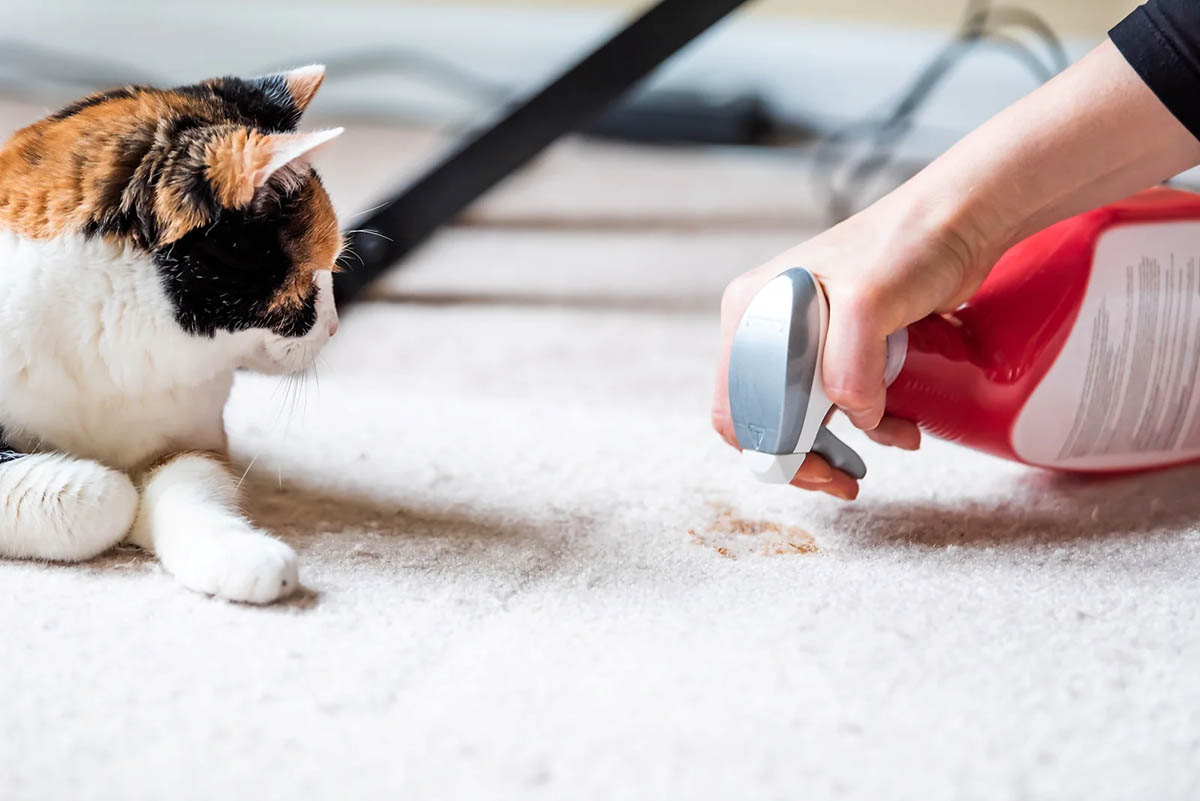

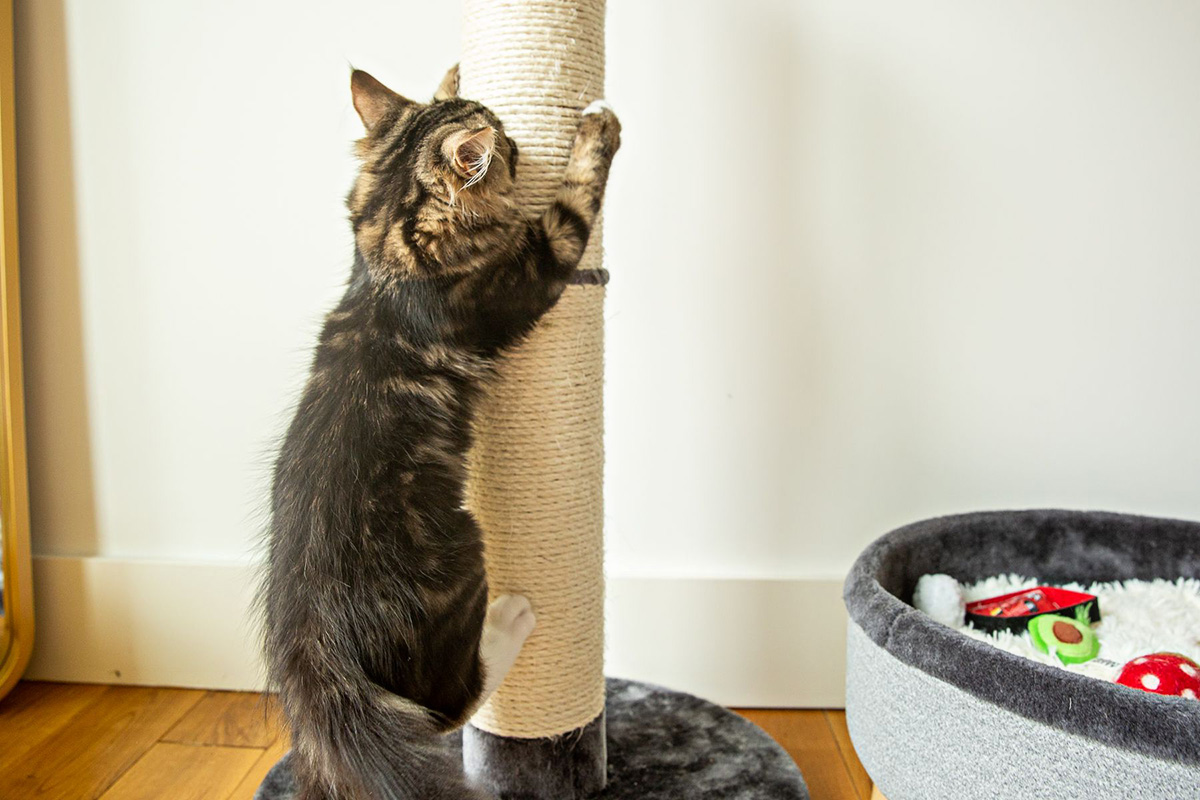
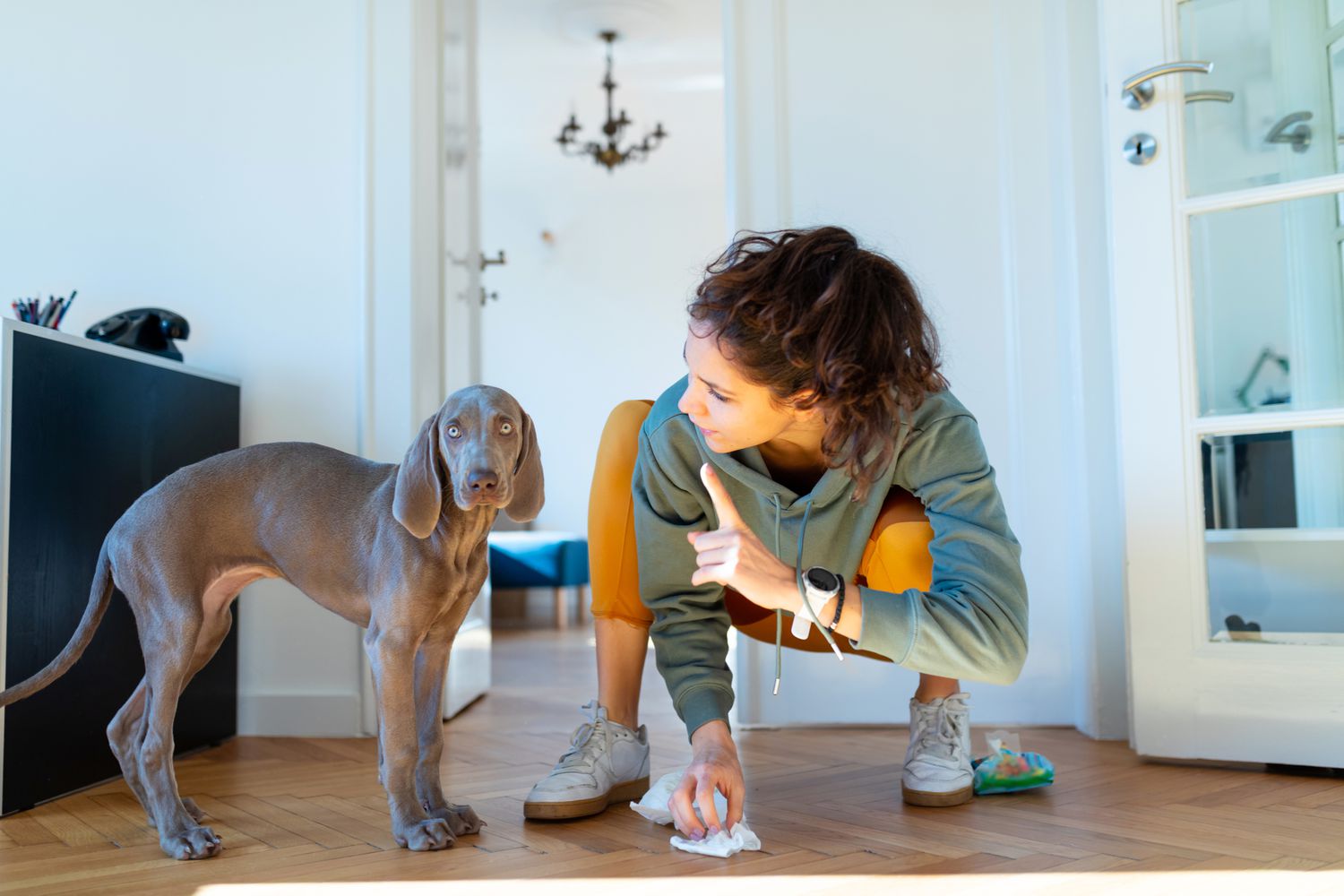
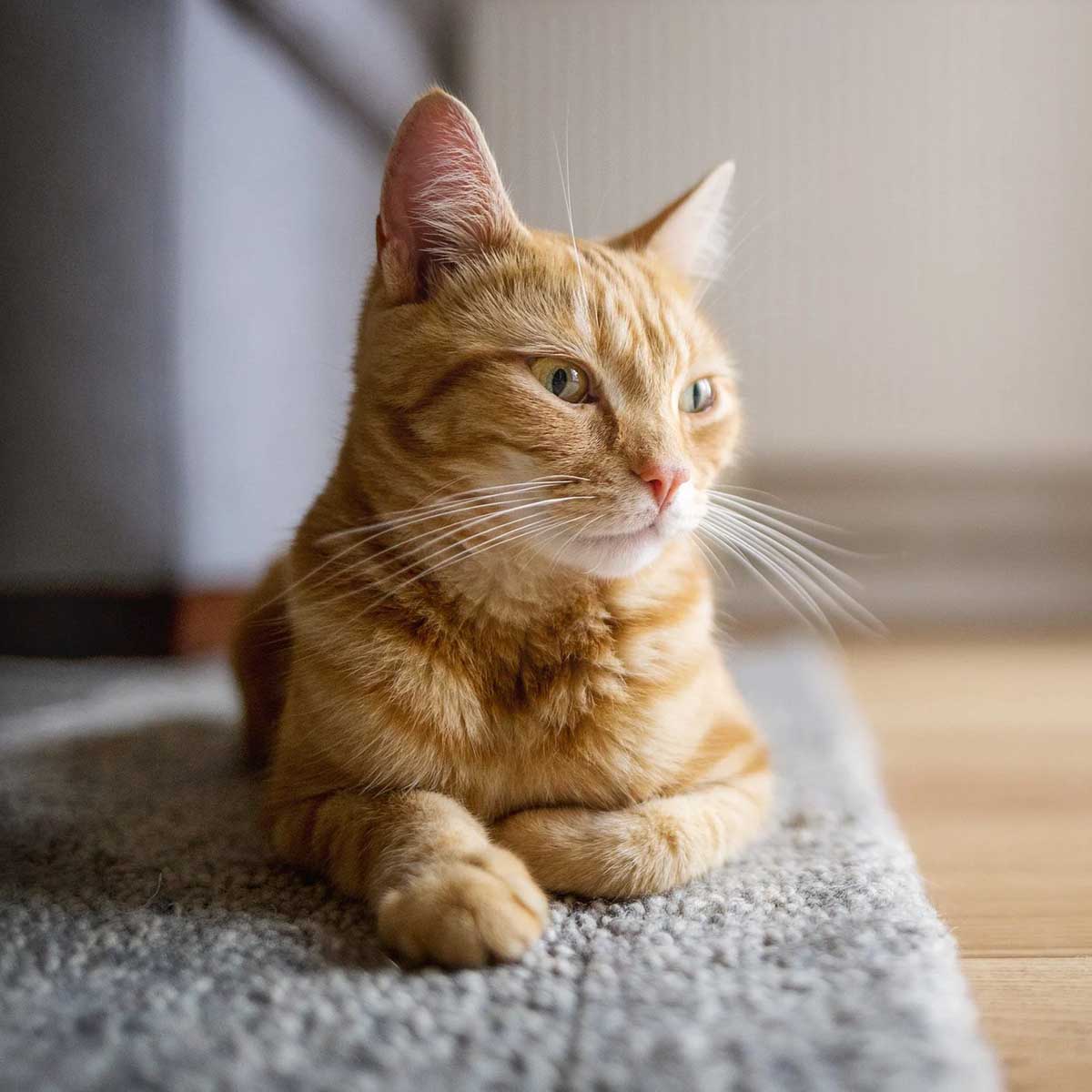
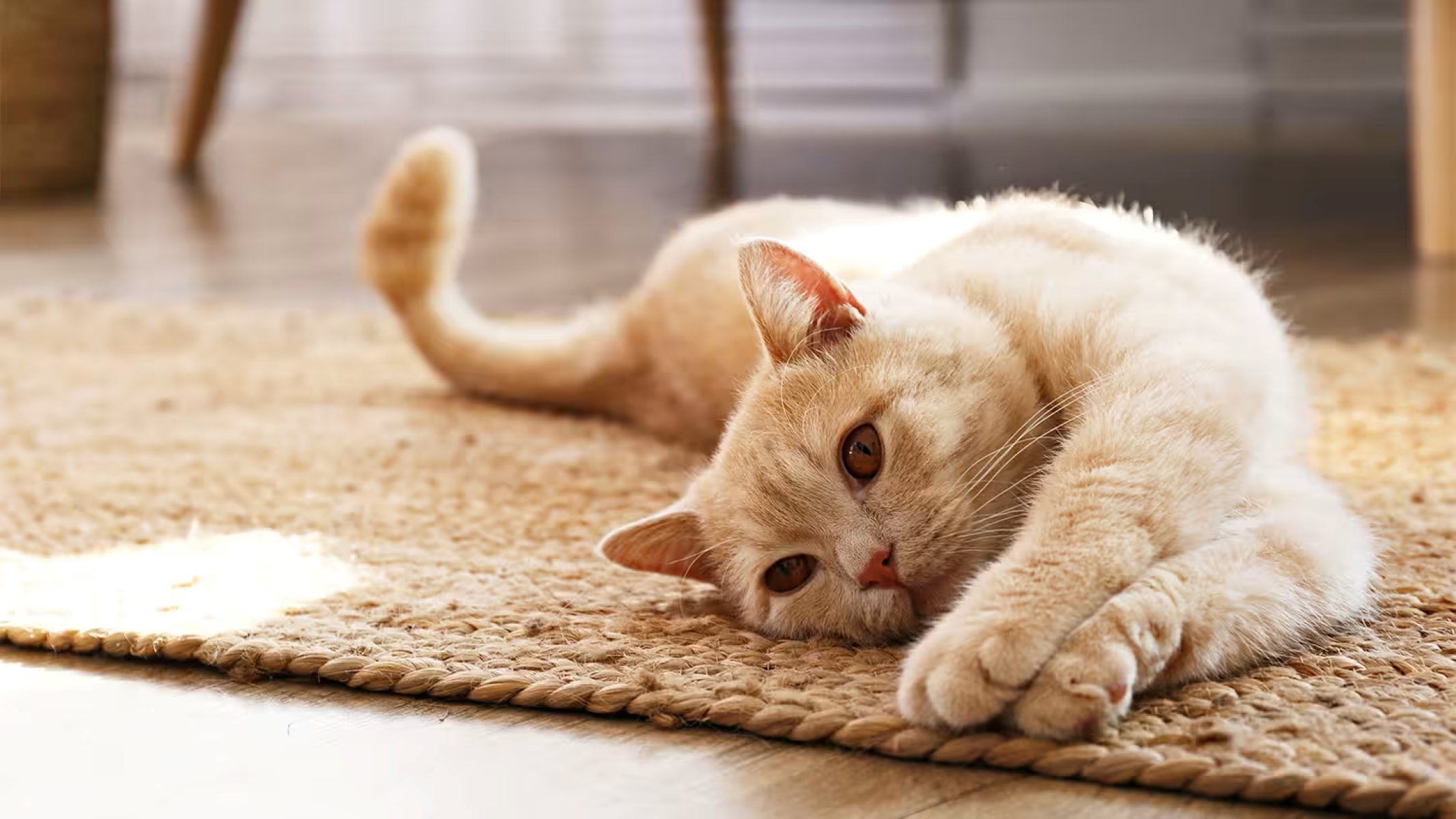
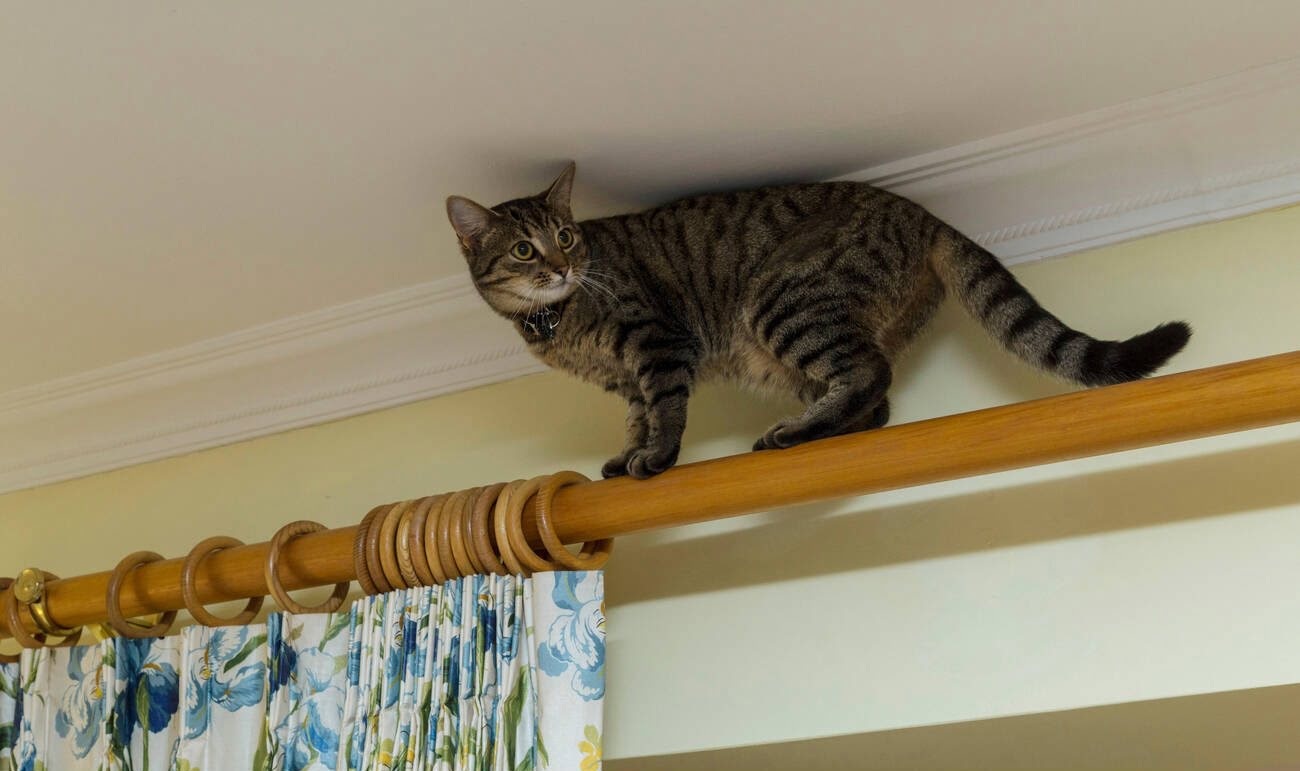
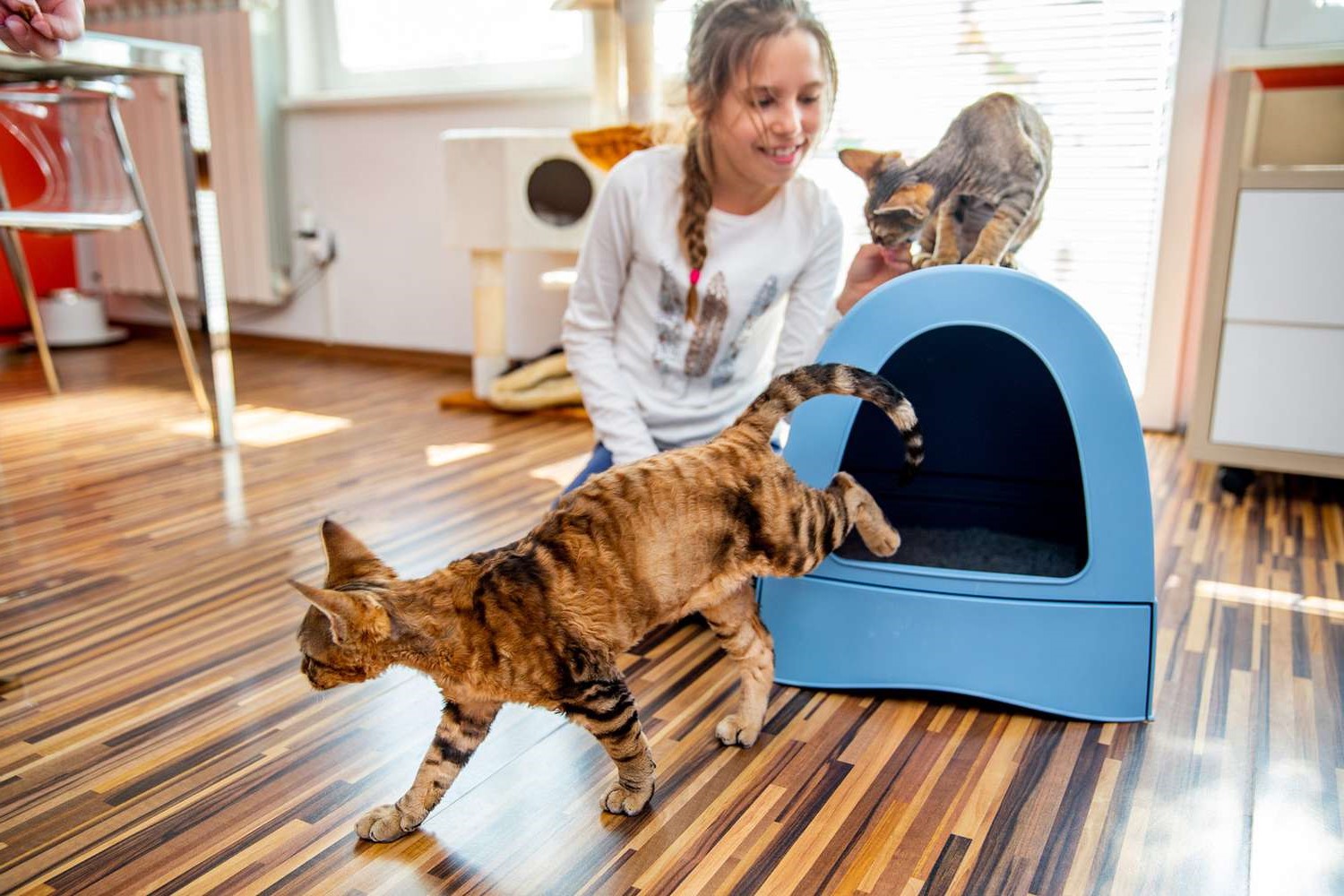
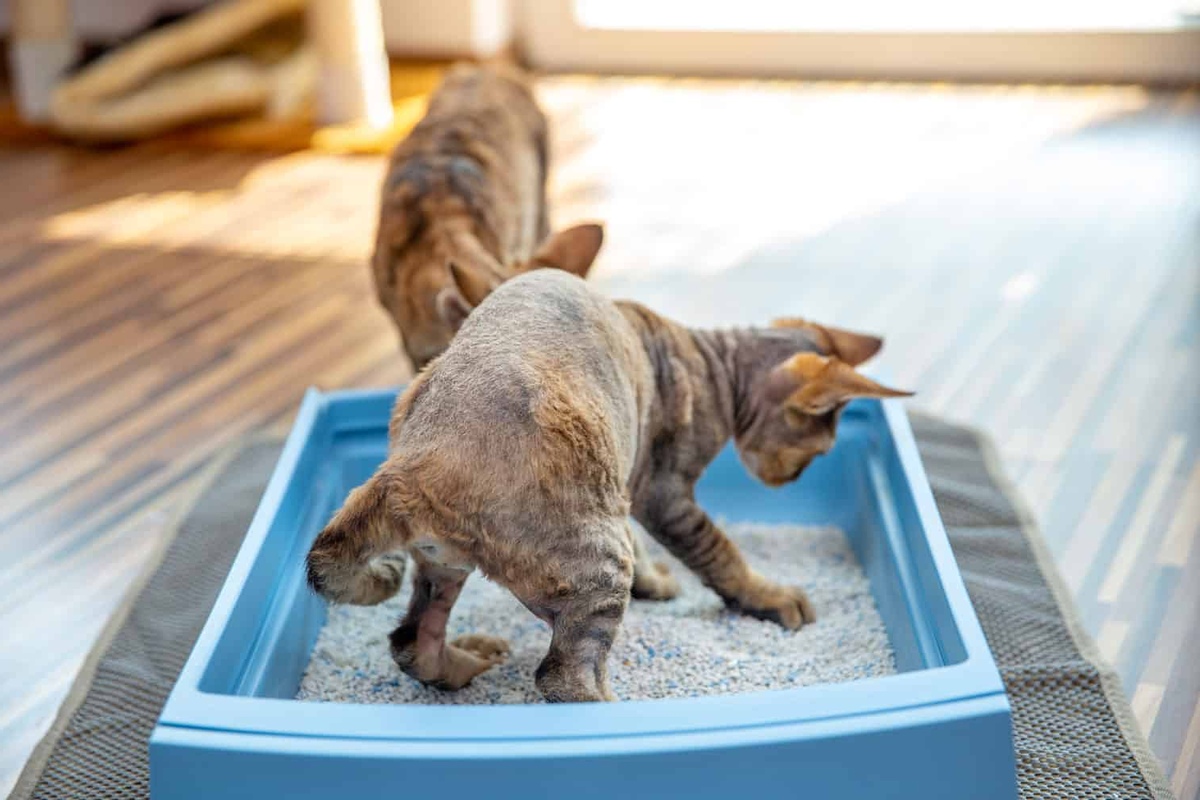
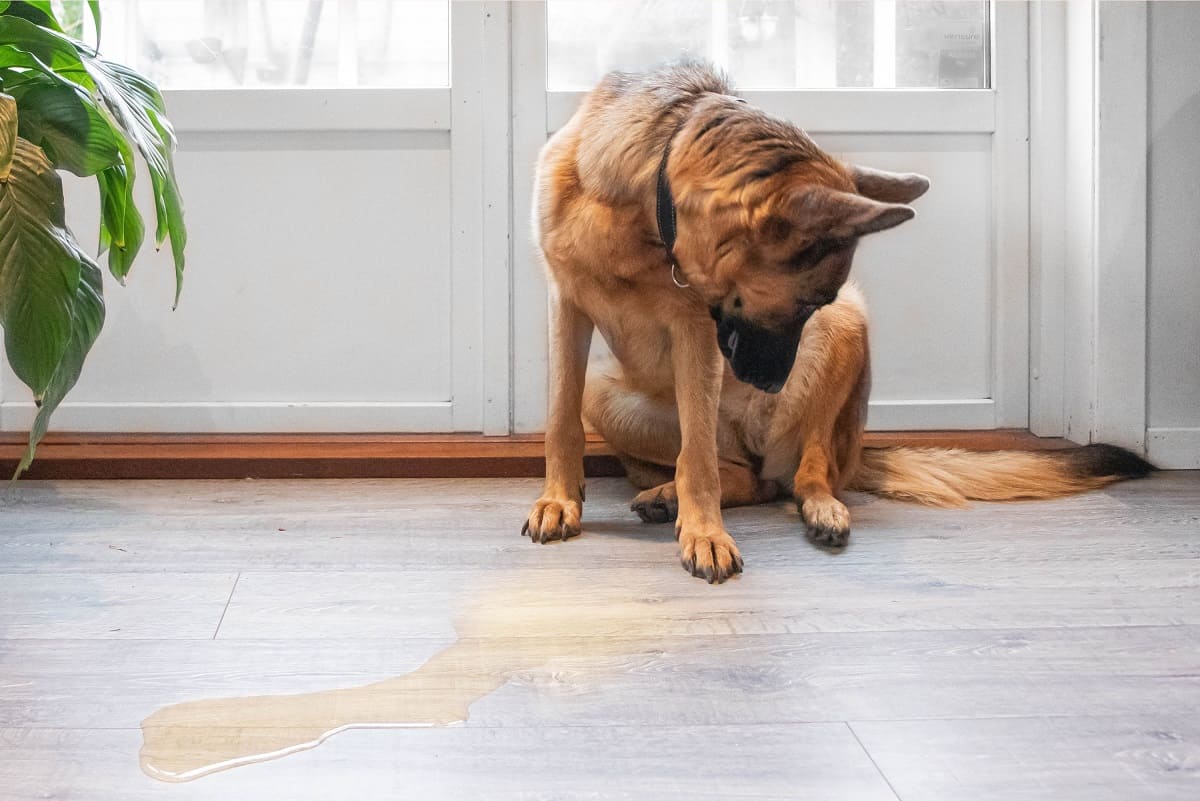
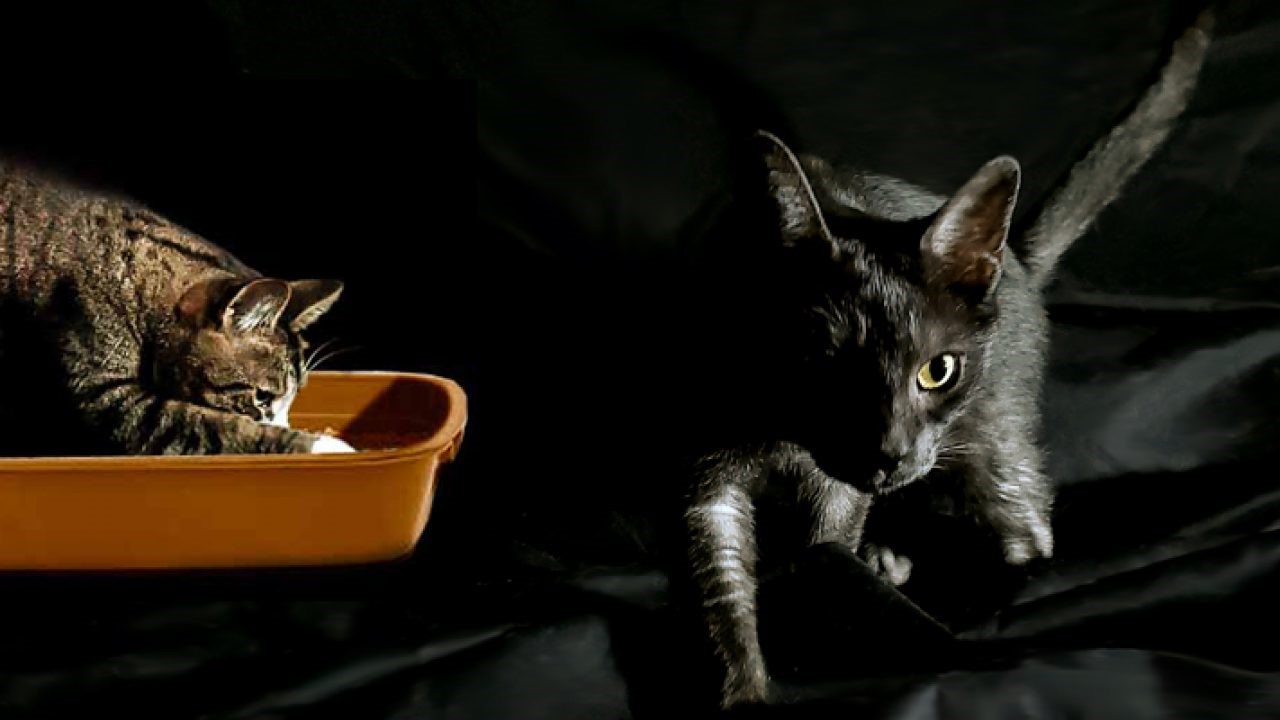
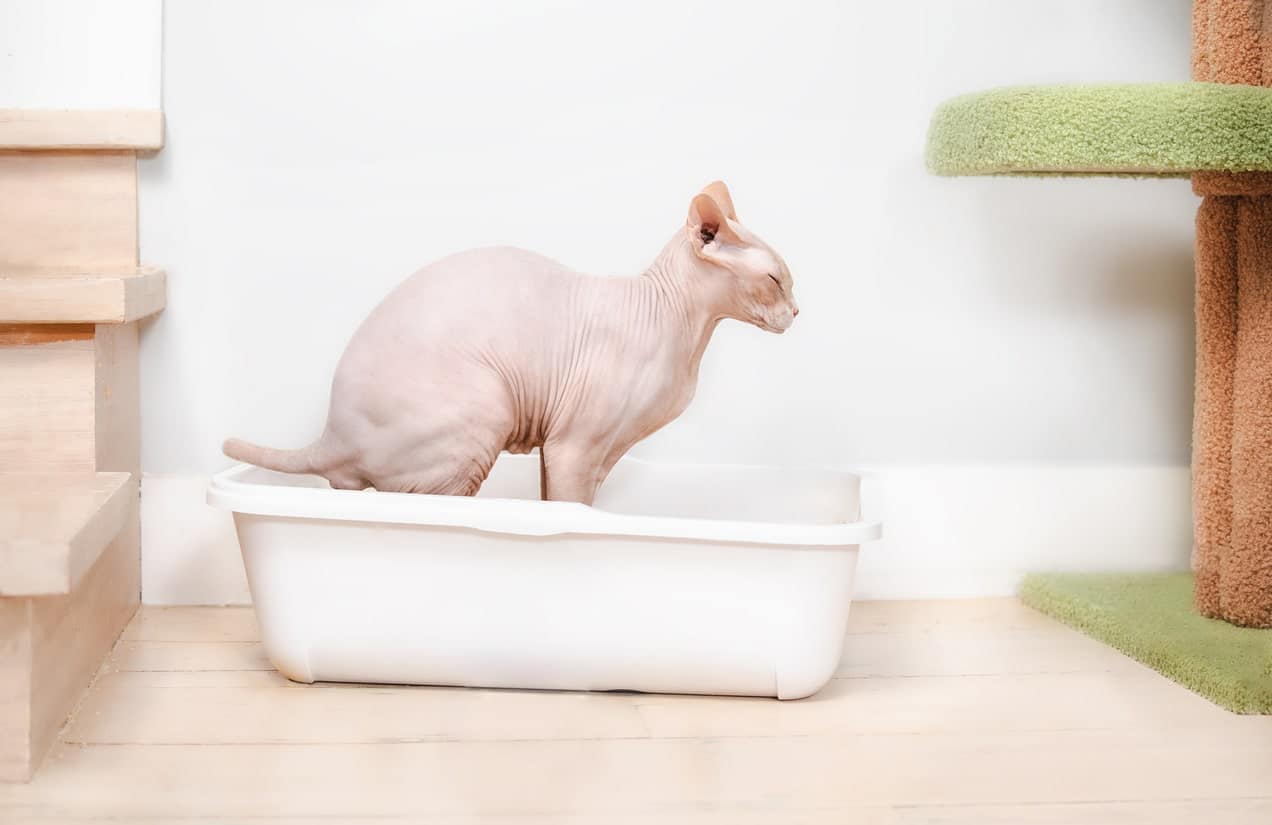
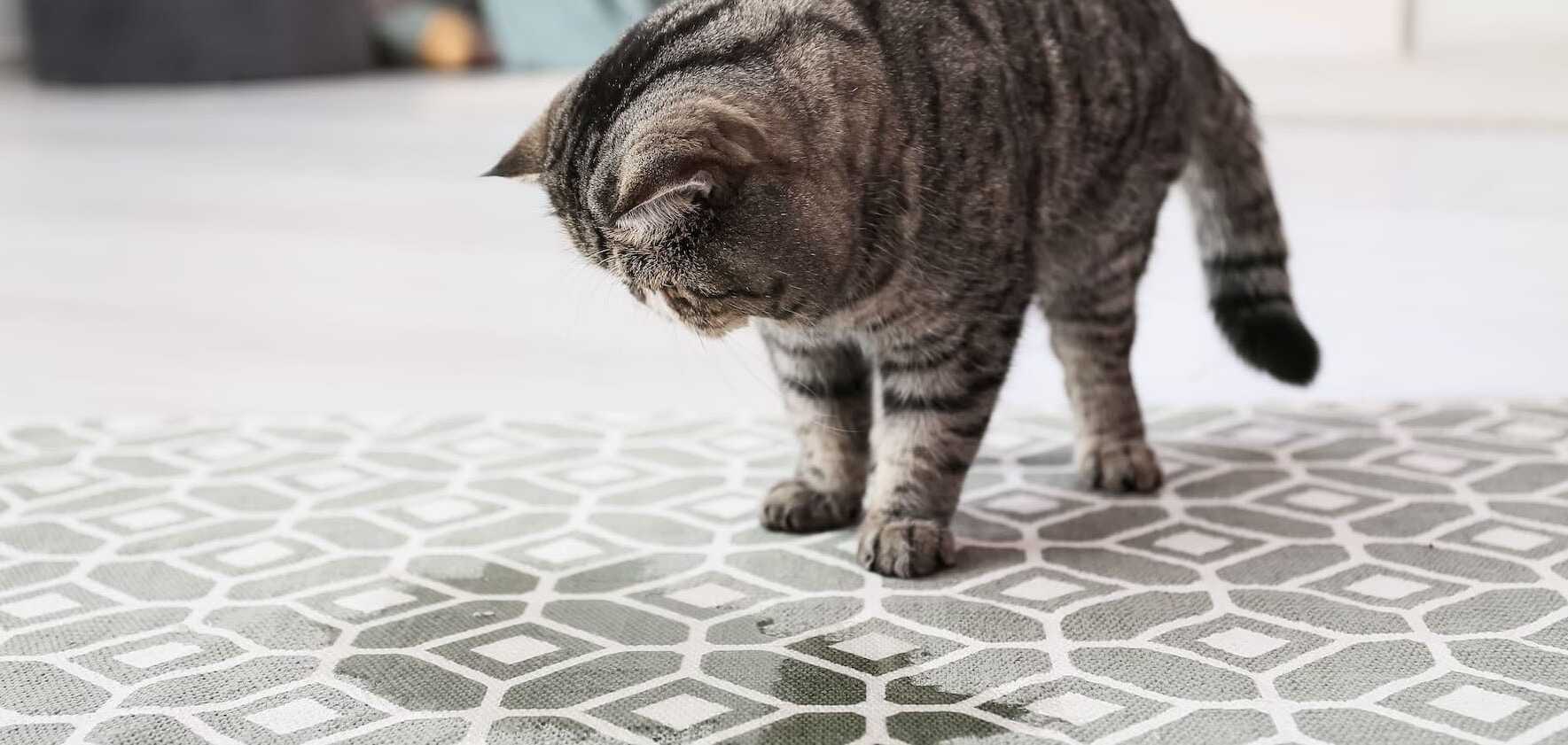

0 thoughts on “How To Stop Cats From Pooping On The Floor”